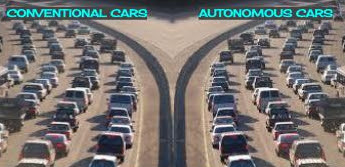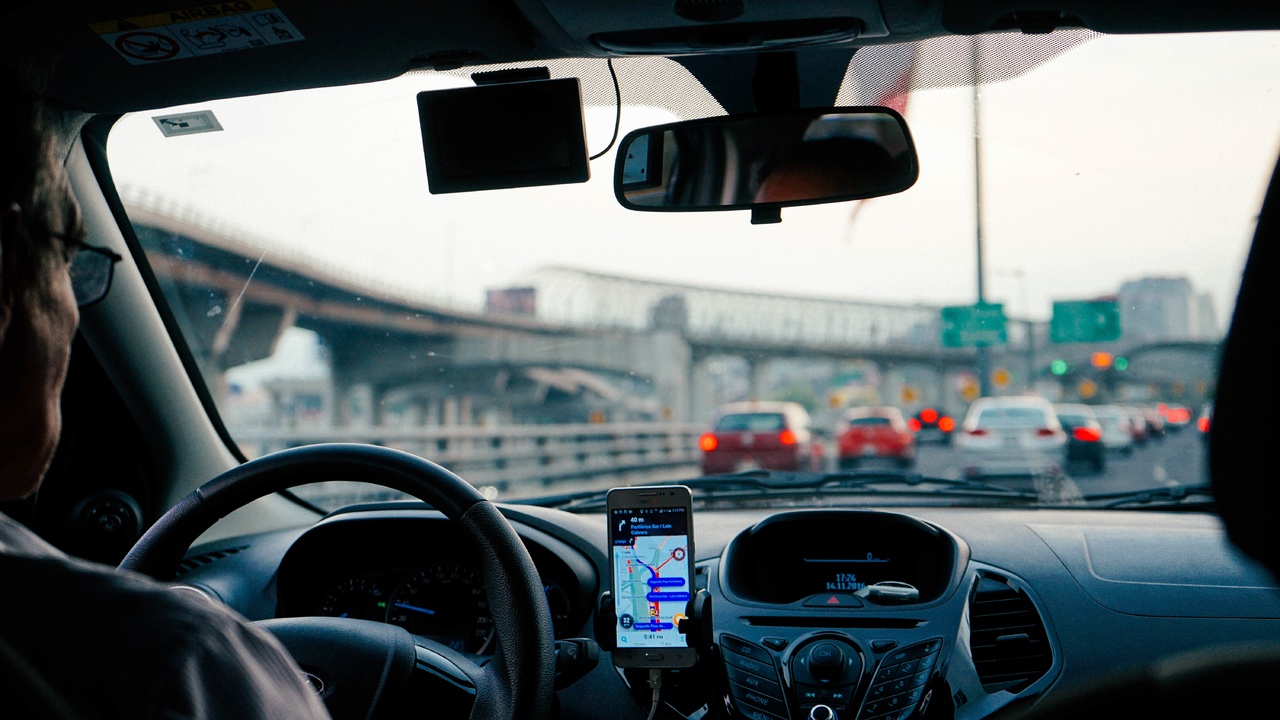To be honest, I am always baffled by the symantics-like discussion here about what FSD (or ADS)
is supposed to constitute, without anyone bothering what they really mean for personal mobility.
There are multiple things happening at the same time that affects traffic / mobility. They have to be analyzed together - instead of one at a time, like we see here.
- Move to autonomous vehicles
- Move towards working from home
- Virtual meetings
- Flexible work timings
Let us see how things may change ... say 5 years in the future compared to pre-Covid times.
Everyone is going to first decide whether they want to WFH or go to office. They may go 100% or few days a week - and may establish a pattern. They will do a lot more virtual meetings compared to in-person meetings. All this will reduce traffic. We got a taste of this because of Covid.
Will more people travel to work (compared to pre-Covid) - because of autonomous vehicles ... ? I'm not so sure. Yes, there will be some .... but I think most people bit the bullet, drive to work even though it sucks. Those will continue to drive to work but will have a relaxed drive, instead of tough drives. A lot of younger people already take uber (and in some cities mass transit).
The biggest question is will more people drop out of commute compared to people starting to commute because of self-driving cars ? Of course !! Does anyone even think differently here ... ?
I hope in the future most travel is optional and not for work. People will self-regulate based on traffic ...
ps : I wonder whether billionaires like Musk can even imagine how ordinary people with family responsibilities live .... WFH is such a blessing for people with smaller kids, nobody wants to instead go to work just because they don't need to drive.
pps : I'm only talking about people who are industries where WFH is possible. Obviously there are a lot of industries where it is not - and they commute, whether they need to drive or not.





